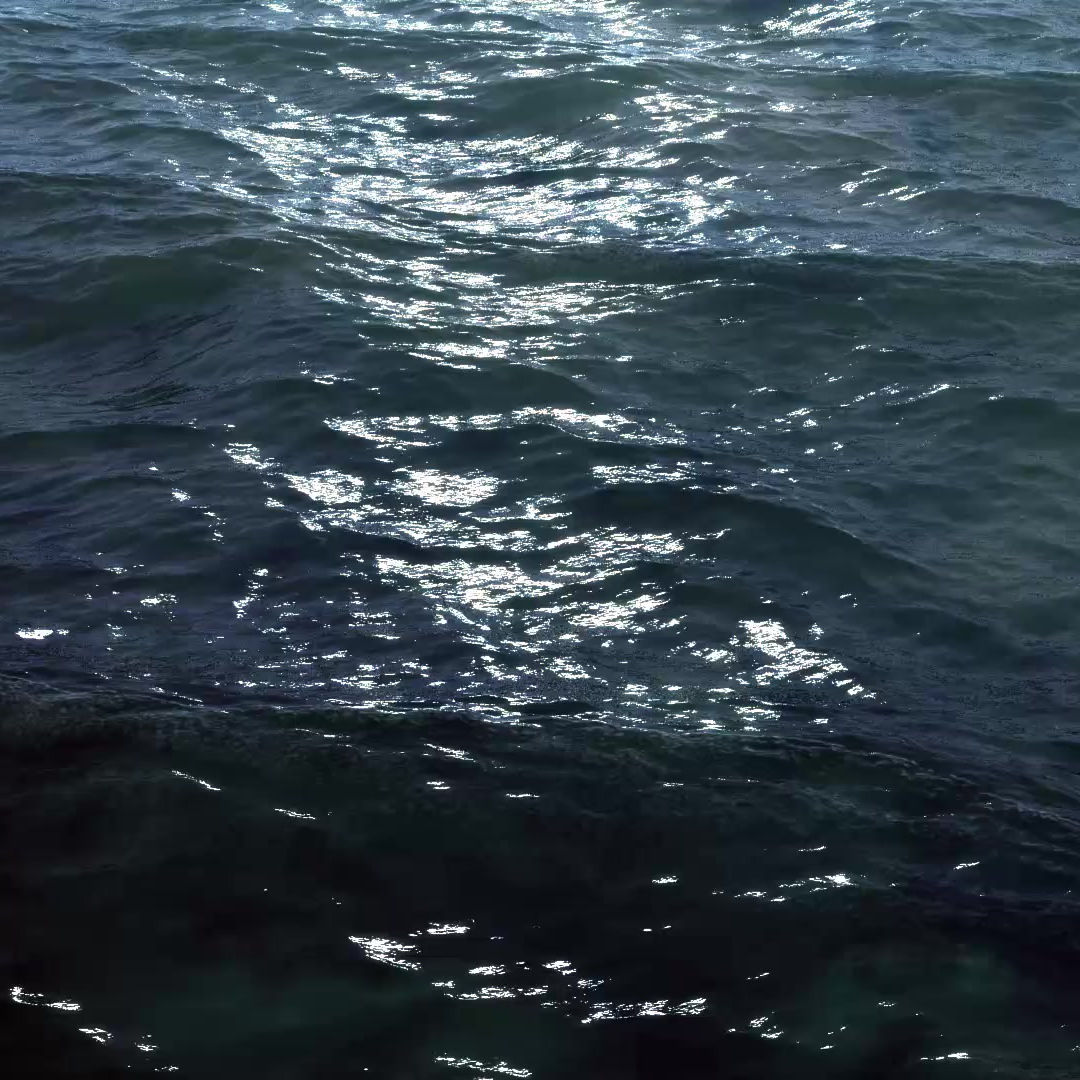top of page


Our Research Programs

Just like comparing school pictures taken every year enables us to observe changes in a child’s features, dentists collect yearly x-rays of teeth to evaluate any changes to the health of teeth, or doctors request blood tests routinely to compare body chemistry for early identification of health problems not seen with the human eye. Likewise, environmental scientists use repeat photography to compare and identify changes in an ecosystem over spans of time, e.g. annually or bi-annually.
The practice of taking pictures near the same location over time (days, weeks, months, years…) is known as photo point monitoring or repeat photography.
Photo point monitoring is a fairly simple way to track changes but utilizes a variety of technology in the performance, recording and analysis.
The baseline photo are generally taken by one of our scientists while subsequent ones were taken by citizen scientists with camera phones and our mobile phone apps.
Many analysis can then be done on the temporal and geolocated pictures and our science team is researching ways to analyze those time series via machine learning and other analytics techniques. The resulting data is published as open access data sets for the benefit of humanity.
Our Survey Atlas
Our Research Fellowships
You can access our survey atlas in our citizen science pages on this web site. As analysis are published you will also be able to read the latest analytical results from the surveys represented in our atlas.
ReefQuest has launched graduate and post graduate fellowships to support the research by young investigators of novel data science, bio-informatics and planetary, oceanic, atmospheric science. The fellowship applications time window has closed for the current year but a call for submissions will be forthcoming.
Our Research Small Boat
We operate a research small vessel equipped to support key oceanographic and marine surveys in support of our citizen science programs on the water. To learn more about our research vessel click here.
bottom of page

